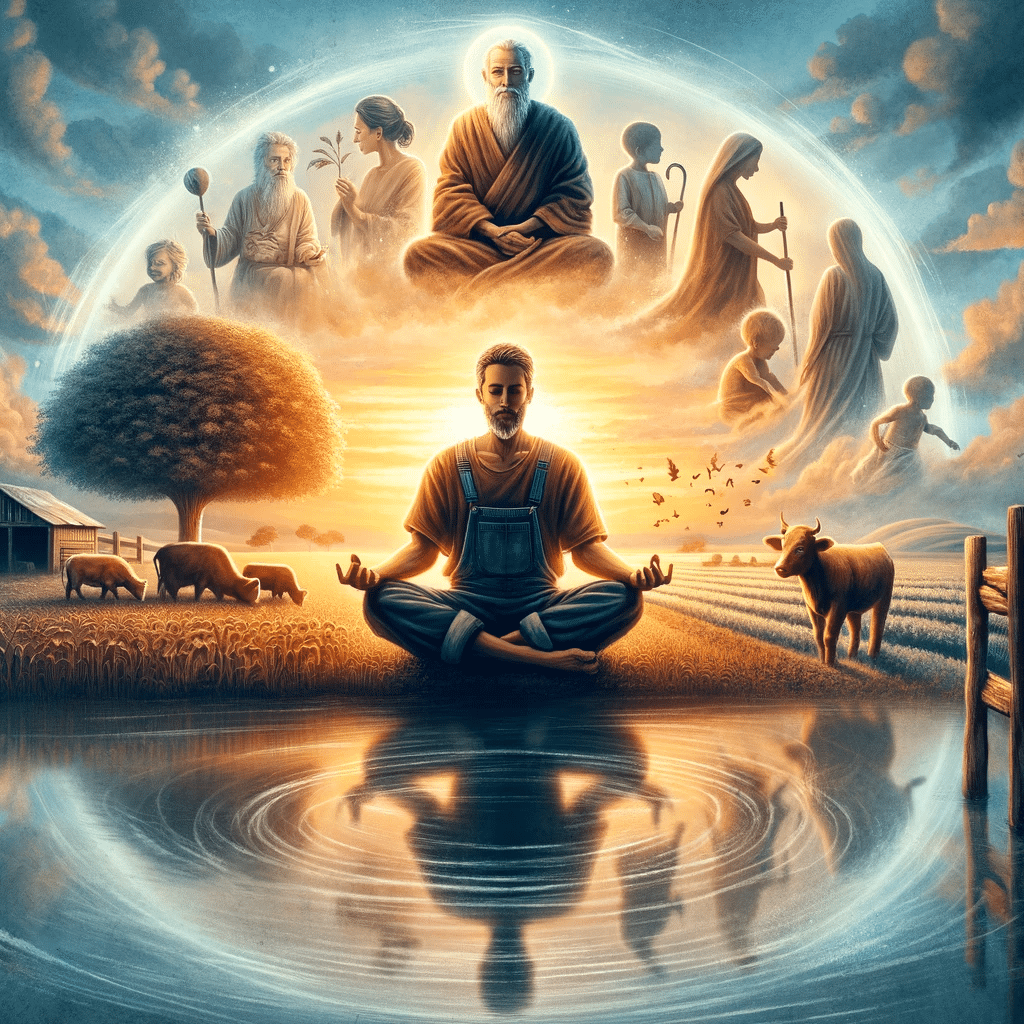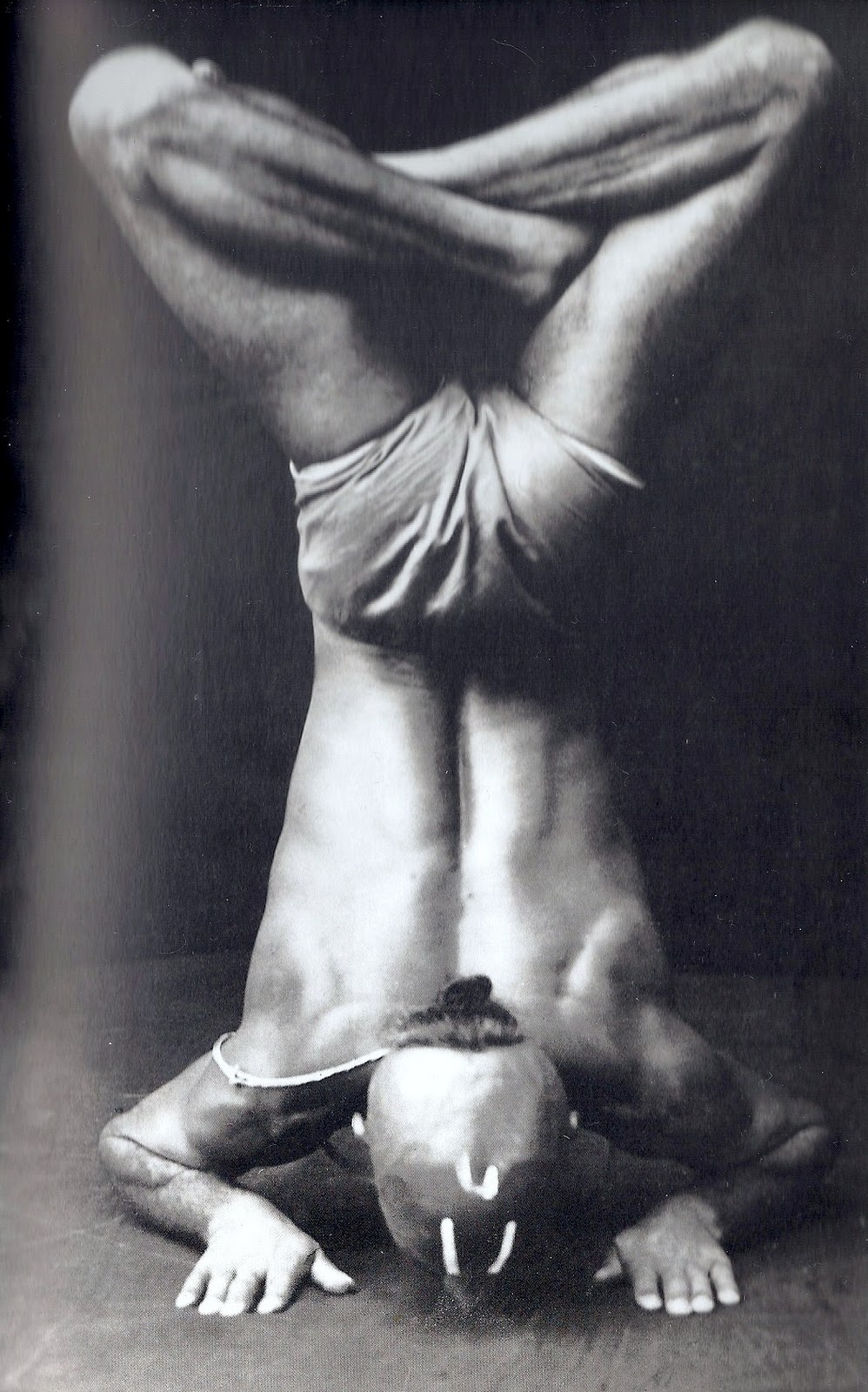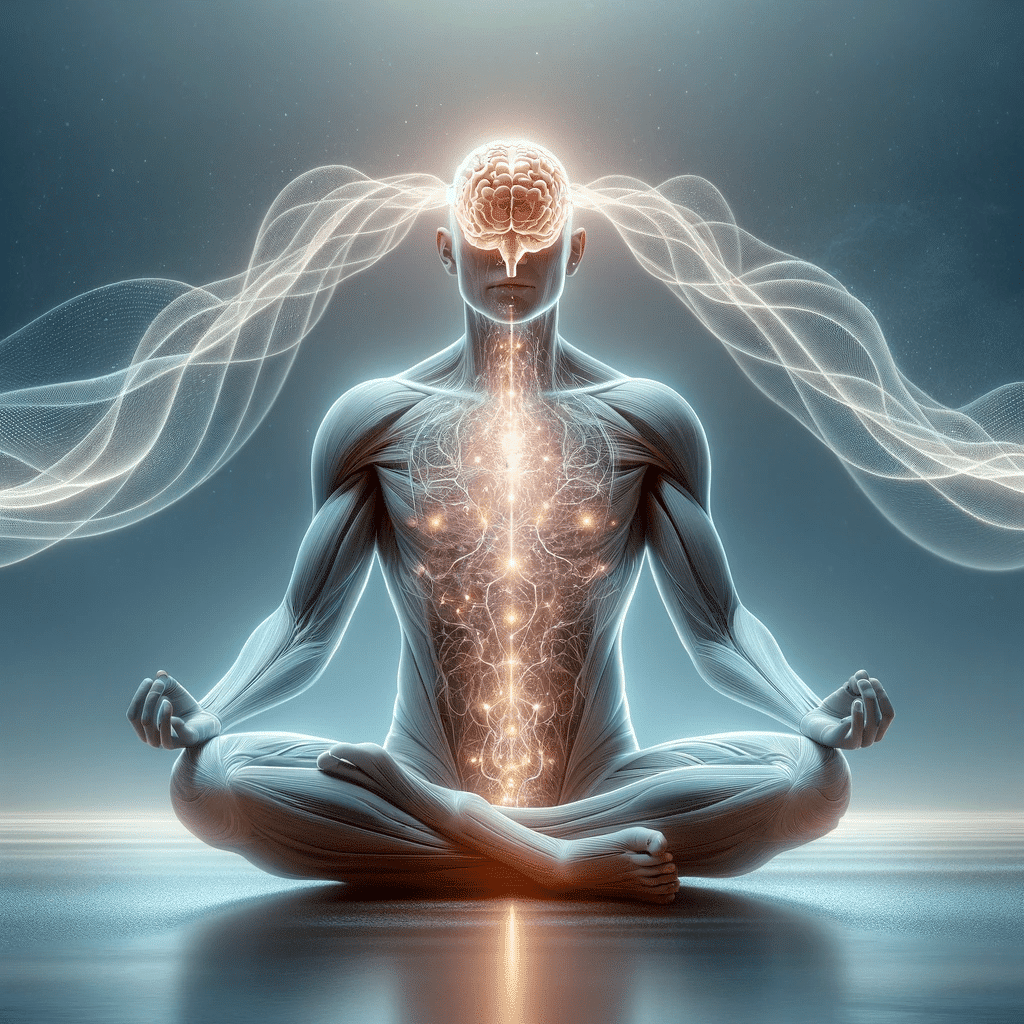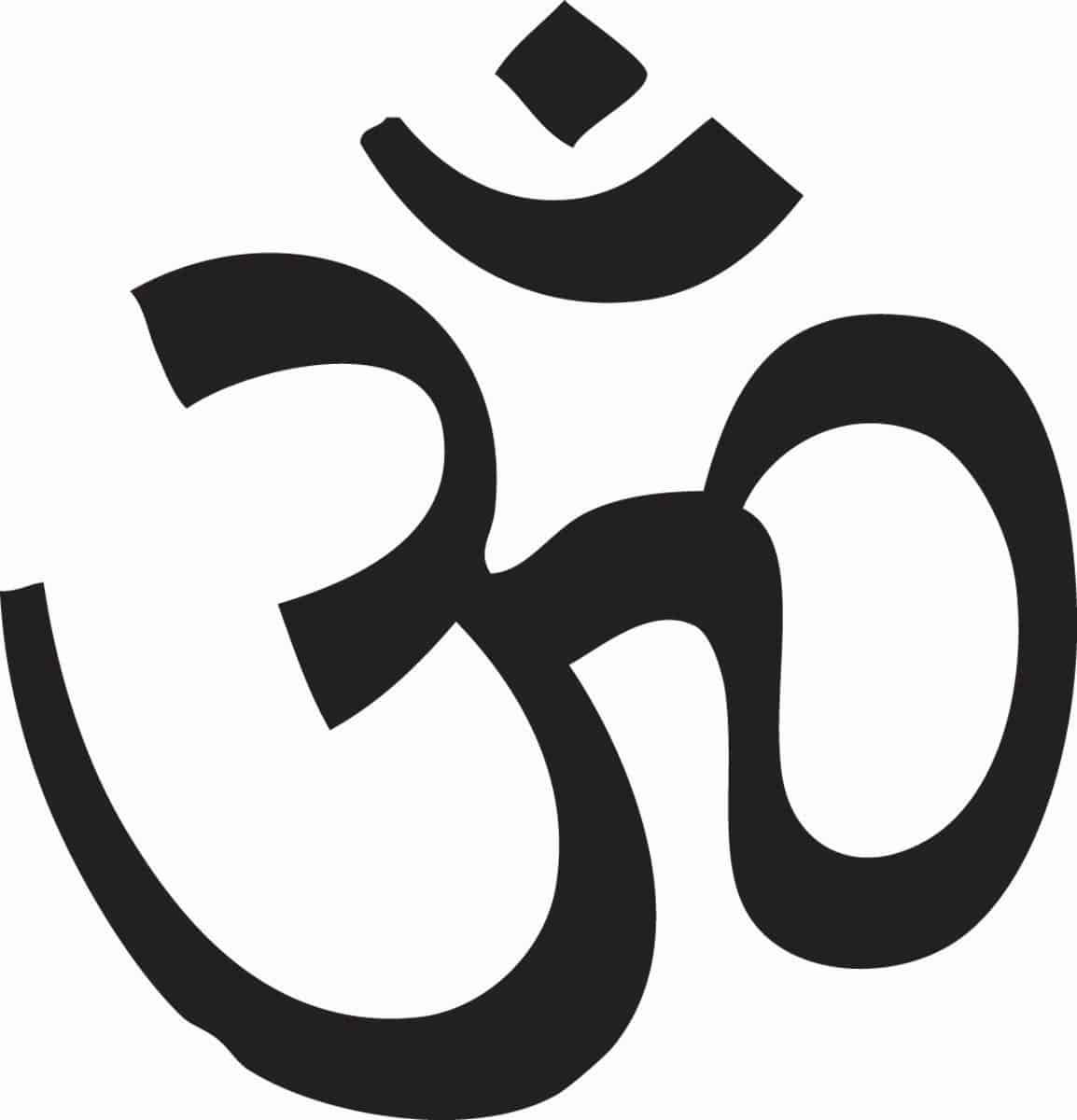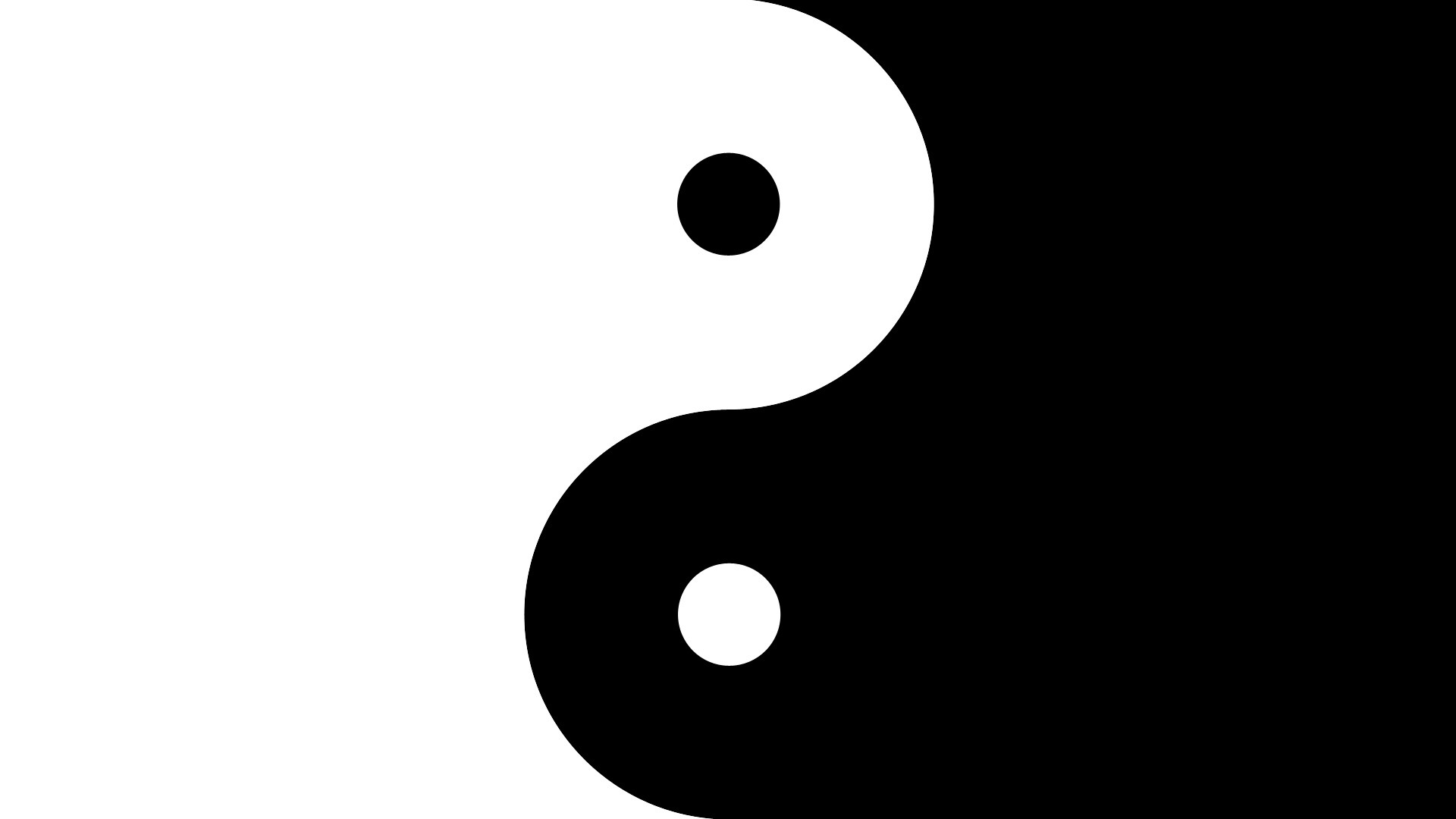Honoring the Memory of Sharath Jois:
A Tribute to a Visionary Yoga Instructor The yoga community is mourning the sudden loss of Rangaswami Sharath Jois, a beacon of wisdom and skill in Ashtanga yoga. At just 53, his unexpected departure in Virginia’s Blue Ridge Mountains has left a void that words cannot fill. Sharath was one of the most skilled yogis … Read more



